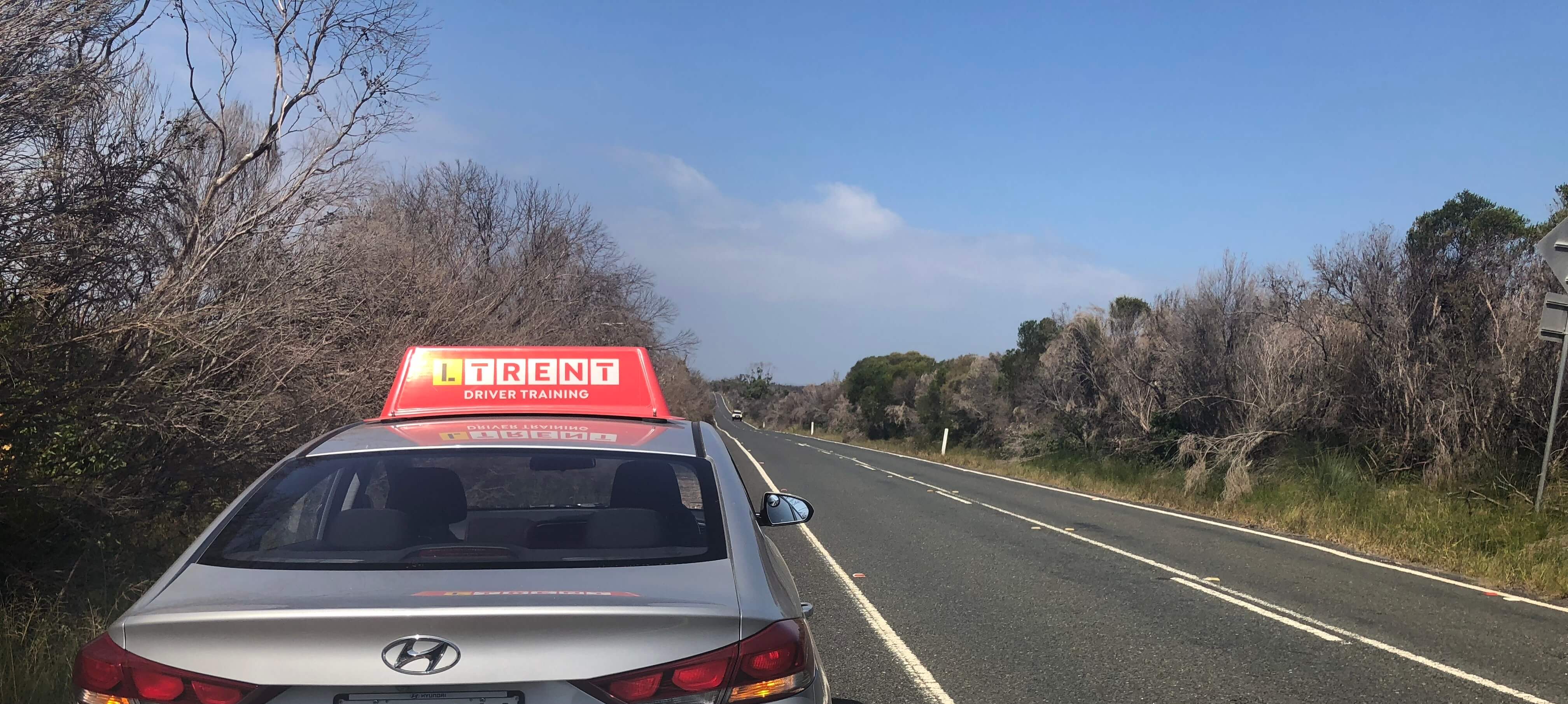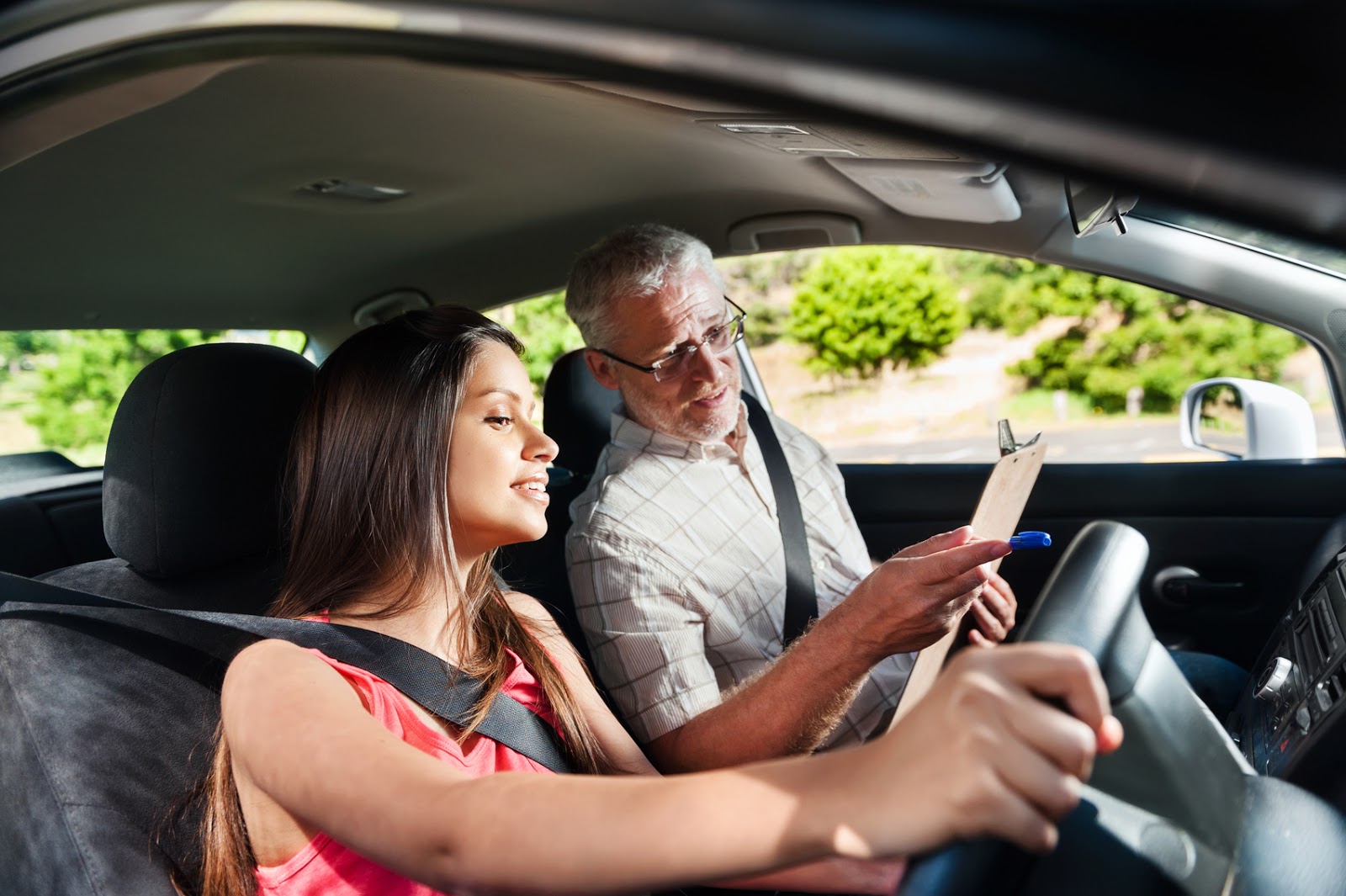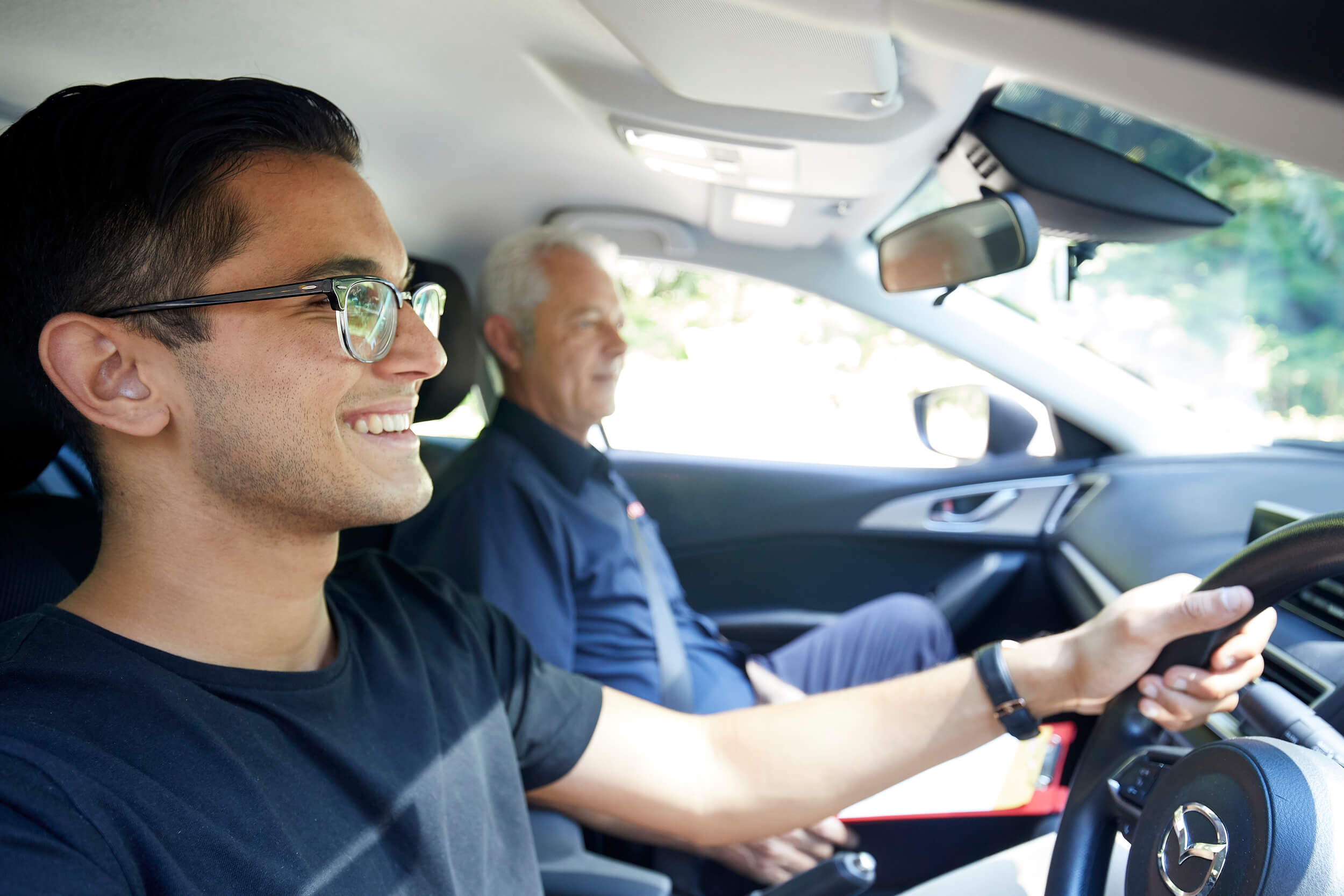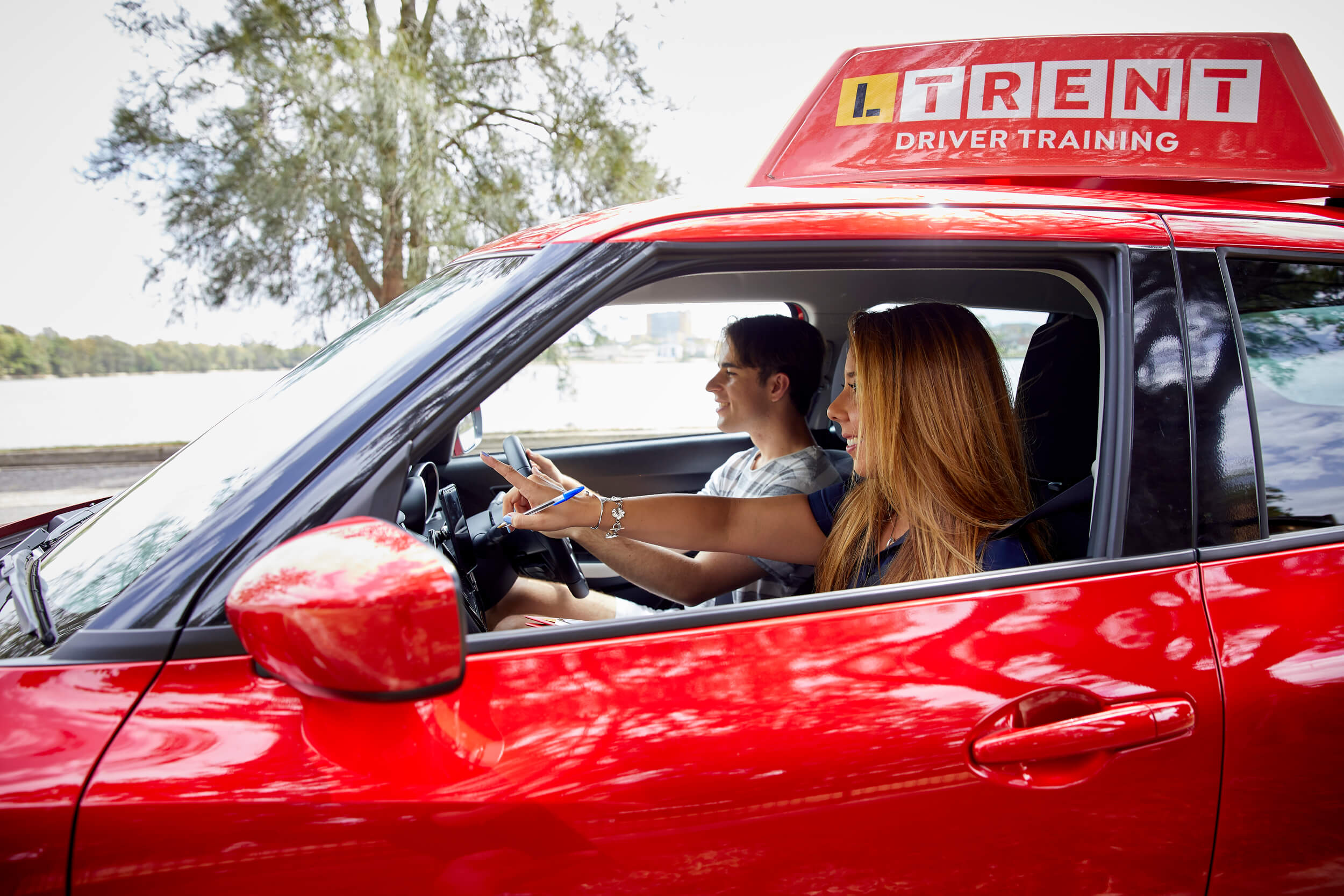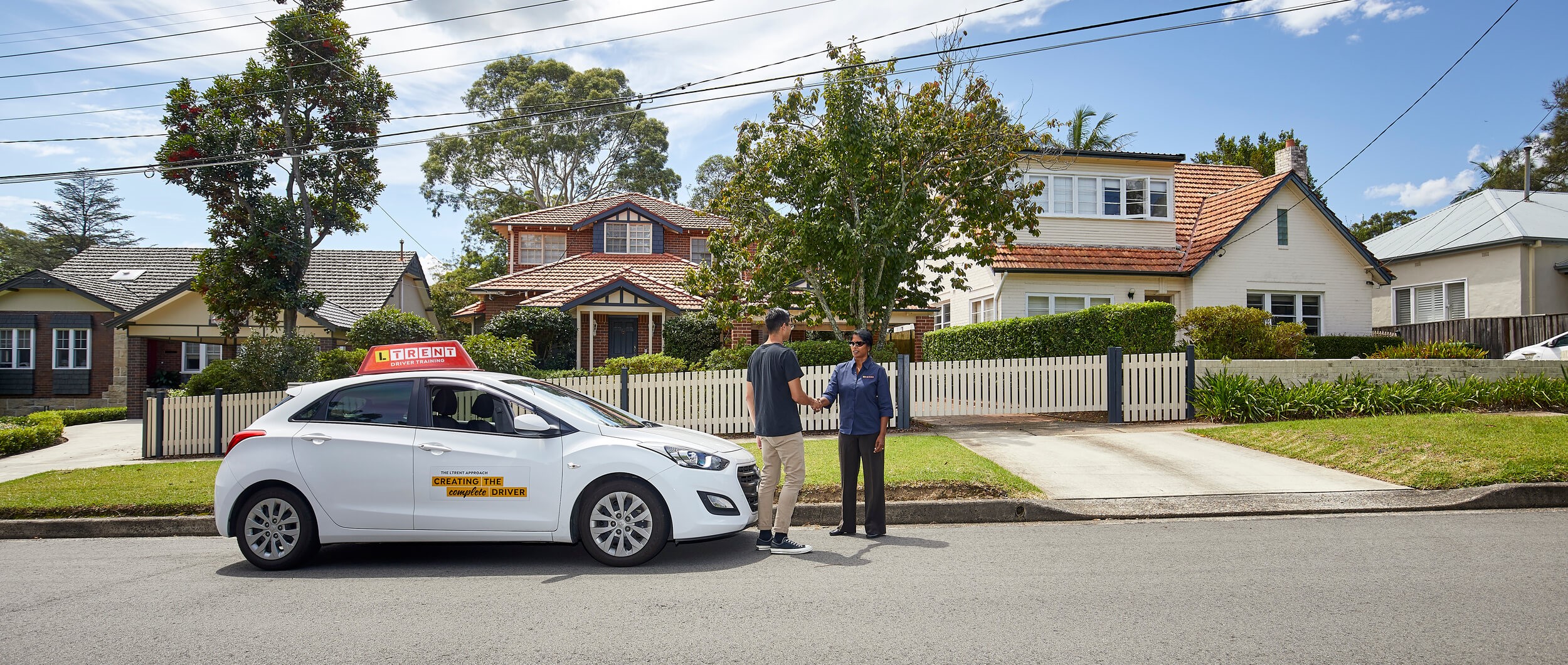Driving laws have been updated in the last year (2019), as part of the NSW roads Road Safety Plan 2021. This most specifically targets drink driving offences, which can be incredibly serious.
It’s also important to know that it is an offence if you refuse to take a test. There are a number of penalties depending on the range offence, which can include loss of licence, spot fines, a requirement to install an alcohol interlock device, and even prison terms.
